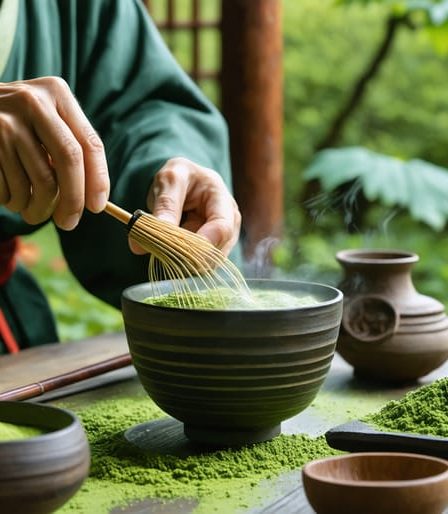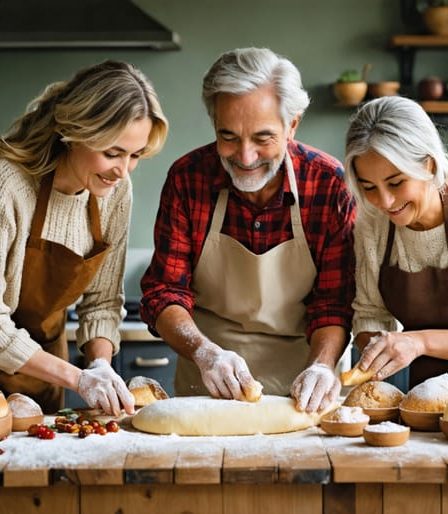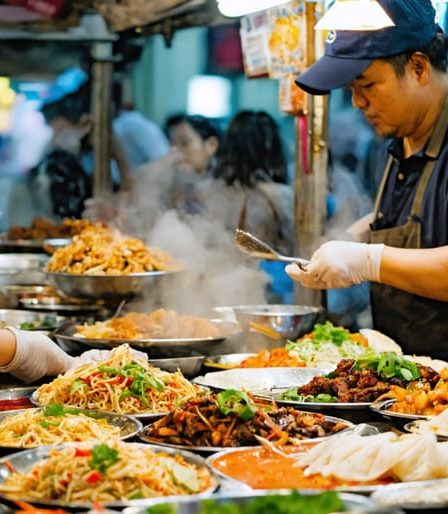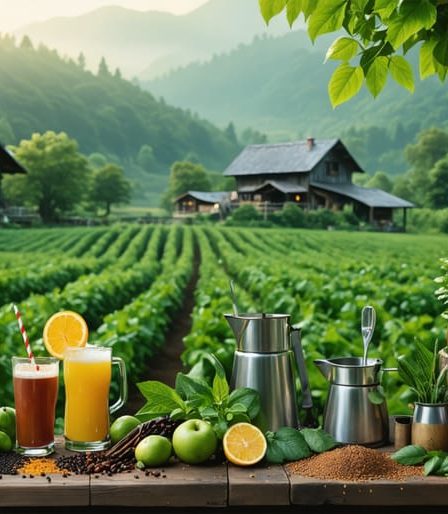Every beauty purchase we make tells a story about our values, and in today’s interconnected marketplace, these choices ripple far beyond our bathroom shelves. As conscious consumers, we’re increasingly aware that our favorite lipstick or moisturizer carries ethical weight – from ingredient sourcing to animal testing, from worker conditions to environmental impact. But navigating these complex moral waters isn’t just about reading labels or following trends; it’s about understanding the deeper philosophical principles that guide responsible business practices in the beauty industry.
When we examine …
2025
Rayon’s Surprising Eco-Secret: The Truth About This Misunderstood Fabric
Rayon’s journey from wood pulp to fabric represents a fascinating intersection of innovation and environmental responsibility in modern sustainable fashion choices. Unlike purely synthetic materials, this semi-synthetic fiber offers a unique blend of eco-friendly characteristics when produced responsibly. Today’s closed-loop manufacturing systems recover up to 99% of processing chemicals, dramatically reducing environmental impact compared to traditional methods. While conventional rayon production once …
Plant-Based Gelatin: Your Secret Weapon for Paleo-Friendly Desserts
Transform your cooking with plant-based gelatin, the versatile alternative that’s revolutionizing desserts and savory dishes alike. Whether you’re embracing a plant-based lifestyle or simply exploring creative cooking options, agar-agar, carrageenan, and pectin offer incredible gelling power without animal products. These natural alternatives deliver the perfect wobble in your favorite jellies, mousses, and custards, while aligning with both paleo and vegan principles. Unlike traditional gelatin, plant-based options …
Sacred Sips: Heritage Beverages That Tell Cultural Stories
Pour yourself into a journey where every sip tells a story of tradition, celebration, and human connection. From the ceremonial matcha bowls of Japan to the communal mate gourds passed around in Argentina, cultural drinks have shaped societies and brought people together for thousands of years. These beloved beverages do more than quench thirst—they serve as liquid time capsules, preserving centuries of wisdom, ritual, and artistry in every carefully crafted glass.
I discovered this profound connection firsthand while sharing chai with a family in Mumbai, watching as three generations worked in harmony to brew the perfect blend of…
Create Beautiful Valentine’s Decor That Looks Store-Bought (With Items You Already Have)
Transform your home into a Valentine’s Day haven with heartfelt DIY decorations that speak volumes about love without breaking the bank. When decorating on a budget, everyday materials like paper, fabric, and cardboard become the building blocks of romance. Create stunning heart-shaped wreaths using coffee filters dipped in watercolor paint, craft elegant table centerpieces from mason jars filled with hand-cut paper flowers, or design a show-stopping wall display with origami hearts in ombré shades of pink and red.
The magic of homemade Valentine’s …
Heartwarming Holiday Food Traditions That Bring Families Together
Gather your family’s cherished recipes and stories this holiday season, transforming them into a living legacy that celebrates your cultural identity through food and heritage. Every December, households worldwide illuminate with distinct traditions that span generations, each telling a unique story of belonging and celebration. From the aromatic spices of German lebkuchen to the rhythmic preparation of Mexican tamales, these cultural practices create the invisible threads that connect us to our ancestors and bind modern families …
Handcrafted Magic: Modern Tools Meet Time-Honored Beverage Traditions
Traditional beverages hold a sacred place in our cultural heritage, weaving stories of ancestral wisdom and time-honored craftsmanship into every carefully prepared sip. From the ceremonial matcha whisked in Japanese tea houses to the rich Ethiopian coffee ceremonies that bring communities together, these drinks represent far more than mere refreshment – they’re living traditions that connect us to our roots.
Today’s modern kitchens might seem worlds away from the earthen pots and hand-carved gourds of our ancestors, but the soul of traditional beverage-making remains unchanged. Whether you’re drawn to the …
Create Your Family’s Legacy: A Holiday Recipe Book That Tells Your Story
Transform your collection of cherished family recipes into a beautiful holiday recipe book that captures the magic of seasonal celebrations. Every December, as warm spices fill the air and memories flood the kitchen, these treasured recipes deserve more than just scattered notes and dog-eared cookbook pages. A personalized holiday recipe book becomes both a practical cooking guide and a family heirloom, preserving the stories behind Great-Grandma’s gingerbread cookies and Aunt Marie’s legendary stuffing.
Creating …
How Street Food Vendors Are Quietly Powering Our Local Economy
The humble street cart serving steaming plates of pad thai or sizzling tacos represents far more than just a quick meal – it’s a vibrant economic ecosystem that shapes our urban landscape. Every transaction at a street food vendor creates ripples through the local economy, from supporting immigrant entrepreneurs to fostering community connections in ways traditional restaurants rarely achieve. Beyond the irresistible aromas and pocket-friendly prices lies a fascinating world of micro-entrepreneurship, where vendors master the delicate balance of food costs, pricing strategy, and customer relationships to build sustainable …
Craft Your Legacy: How Sustainable Artisan Beverage Making Creates Better Drinks and a Better World
Transform your craft beverage production into an eco-conscious art form by mastering sustainable beverage crafting practices that honor both tradition and our planet. Source ingredients from local farmers who practice regenerative agriculture, reducing transportation emissions while supporting community ecosystems. Install energy-efficient brewing equipment and implement water recycling systems to minimize your environmental footprint without compromising product quality. Track your waste metrics and establish a …










